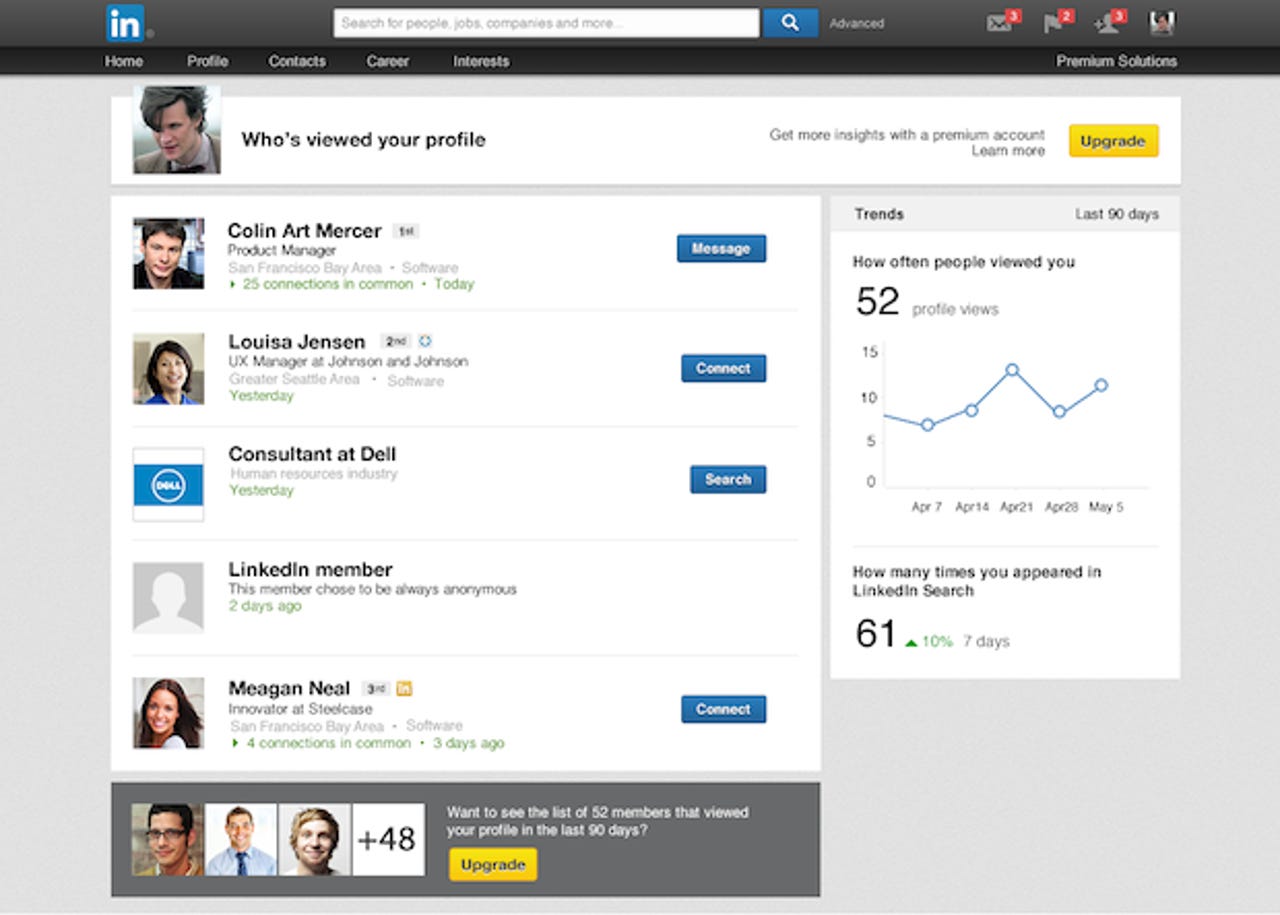LinkedIn plans to reinvent search in order to map its economic graph


From a public standpoint, LinkedIn has been most occupied with bolstering its digital publishing and mobile strategies for the last year or two.
Networking
But the social media business is offering a glimpse behind the scenes at the digital pipelines intended to eventually pave the way to LinkedIn's long haul plan: establishing the world's first economic graph.
That economic graph will eventually extend from Galene, LinkedIn's new search stack and infrastructure unveiled this week.
Linkedin's engineering director Asif Makhani and principal engineer Sriram Sankar explained in a blog post how Galene is also supposed to turn search on its head with a "people-centric" approach.
Galene also pushes its predecessor, codenamed Lucene, to the background as an indexing layer. The open source library Lucene had some real-time limitations, namely the changes to the index had "to be committed before they are visible to readers of the index."
Makhani and Sankar wrote:
The Galene search architecture has been design with this long-term vision in mind. Index terms do not have to be terms actually present in the entities. They can be attributes – such as graph edges. In fact, our Member Typeahead vertical already indexes a few different kinds of edges to help in providing social signals for relevance.
Asserting that this method is tailored to the user, whether a paid recruiter member or a job seeker looking in and outside of networks, the engineering team posited Galene "enables our vision to index and search the entire graph through indexing all entities and edges in the graph via query rewriting framework."
For months now, CEO Jeff Weiner has been talking up the ambitious goal to digitally map the global economy by hosting a page for every student, employee, and organization with an Internet connection on the planet.
While hitting that target is still far off (if ever achievable), LinkedIn inched closer this year. In March, the Mountain View, Calif.-based company announced it surpassed the 300 million user mark.
But while touting its own horn, the professional social network didn't get carried away, reiterating its intention to attract every employee on the planet, or roughly 3.3 billion people total.
LinkedIn is following a trend established by many of its social media counterparts by offering a glimpse behind-the-scenes of just how their data is flowing through digital pipelines.
Although it is continually harped on by users and critics for every UI and UX change, Facebook has made it almost routine to publish nearly as many nitty-gritty details as possible about its Open Graph and News Feed "plumbing," among other projects and infrastructures.
Another example is Pinterest, touting how its Interest Graph infrastructure infuses value to millions upon millions of pinned digital photos, establishing a digital gold mine for marketers and brand managers.
But perhaps it is no coincidence that LinkedIn is following suit now.